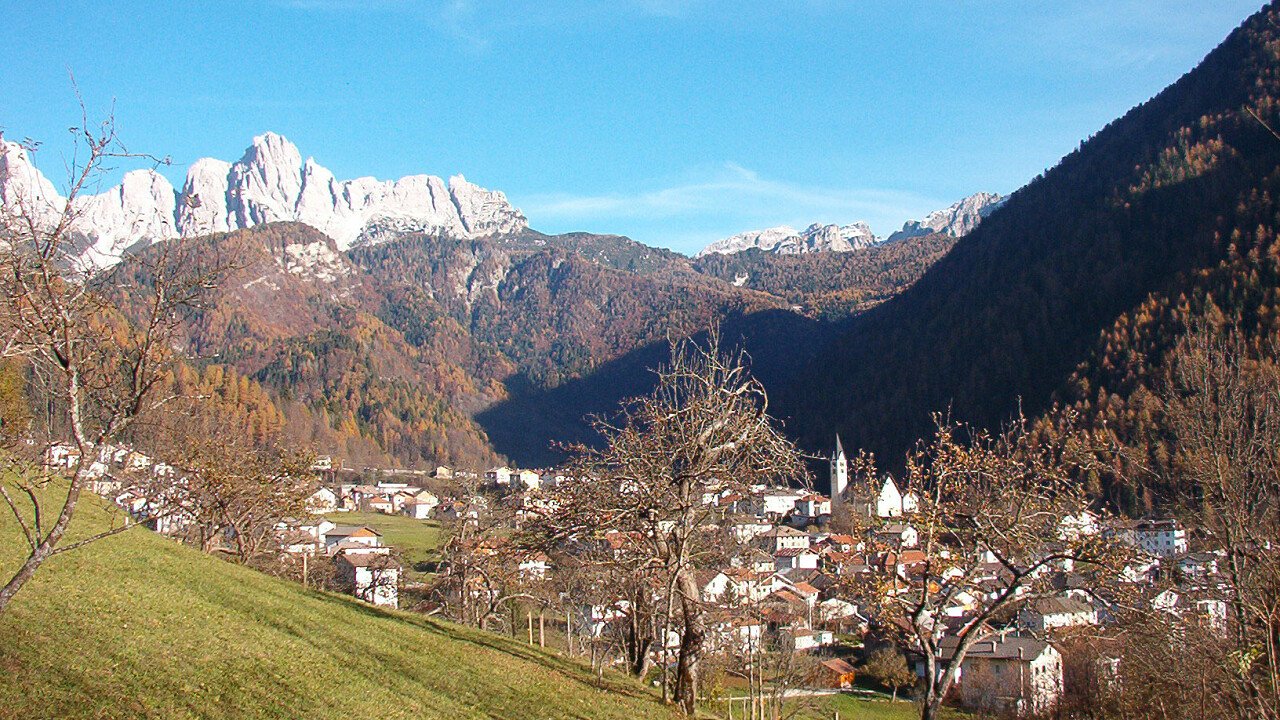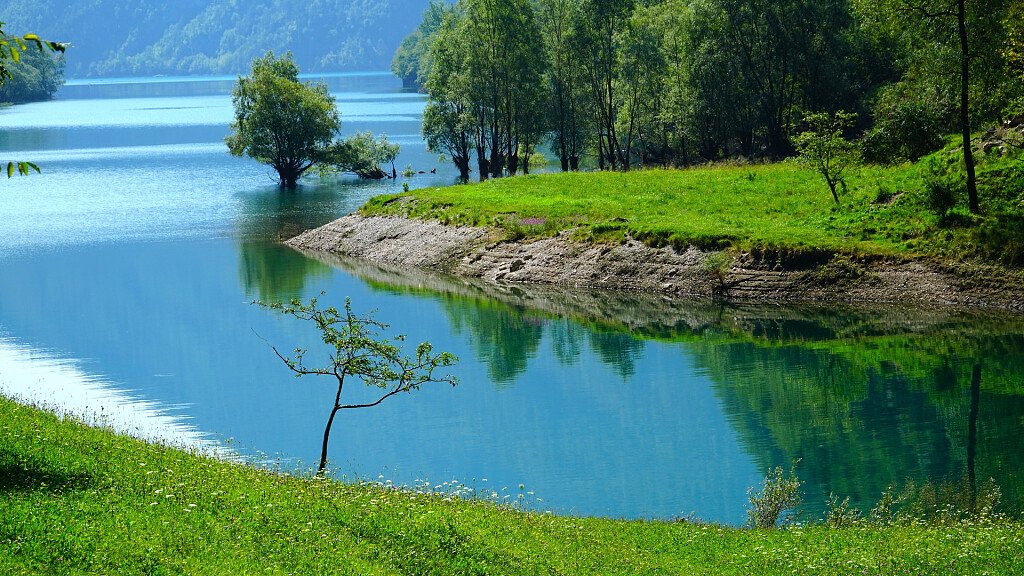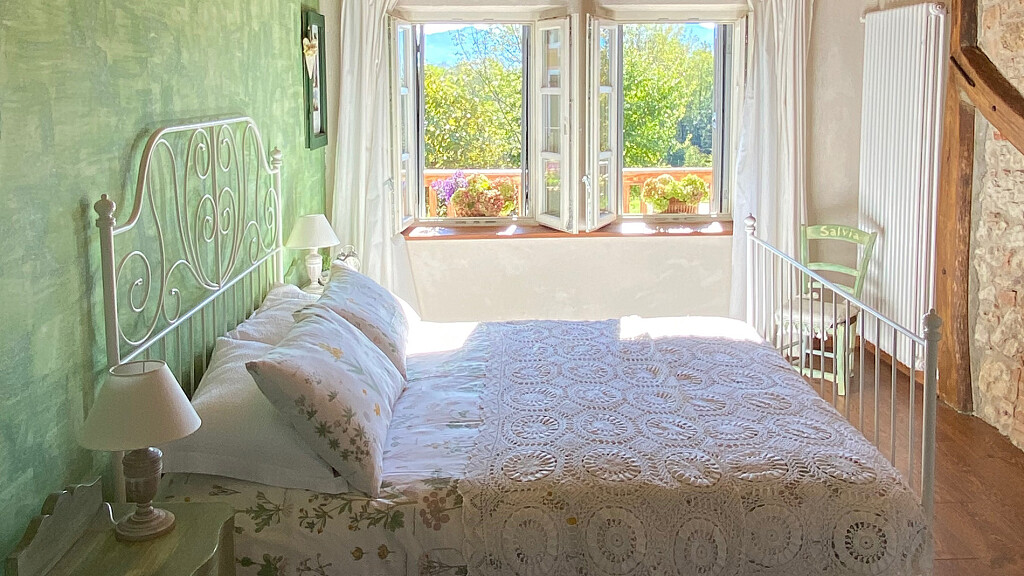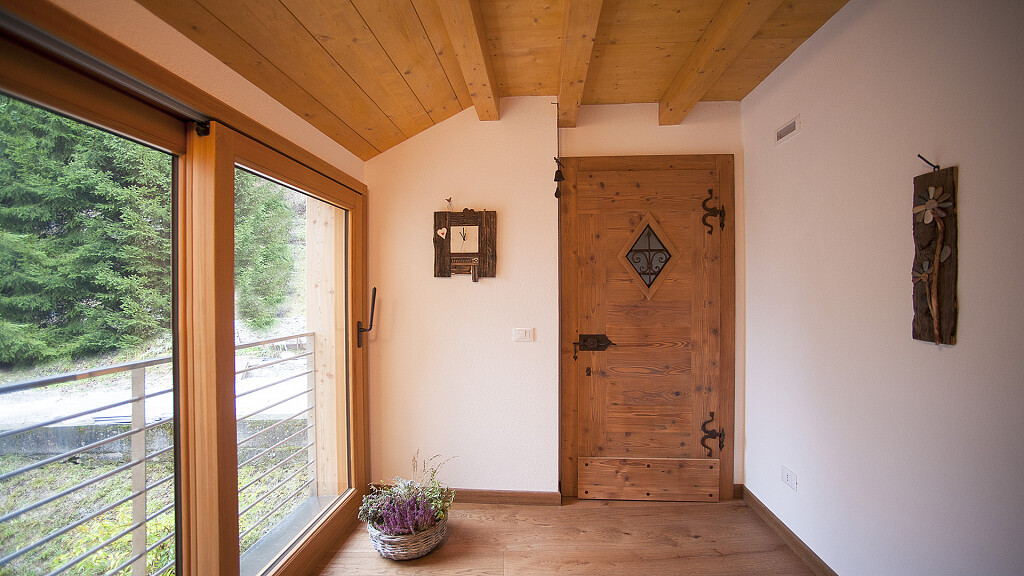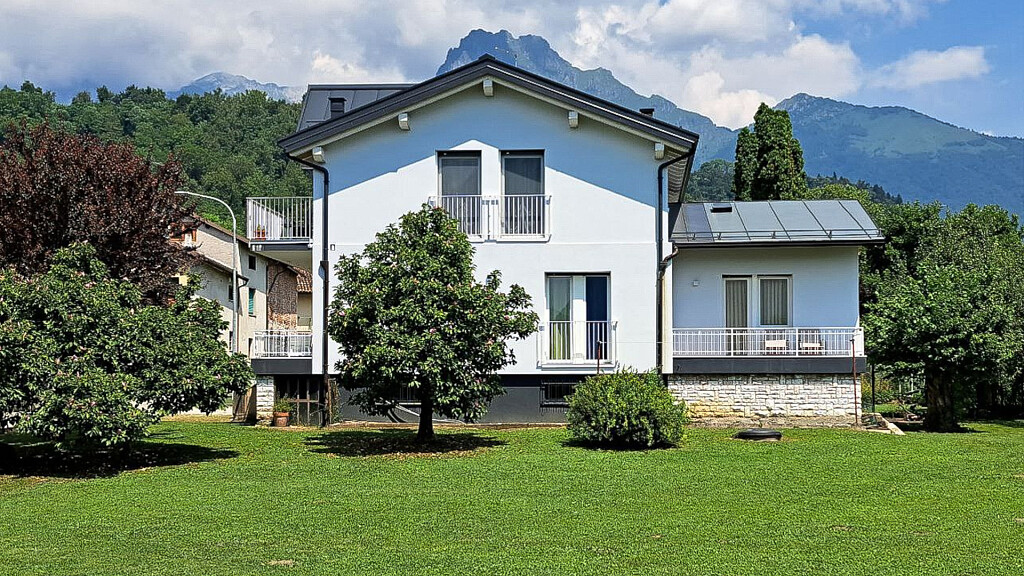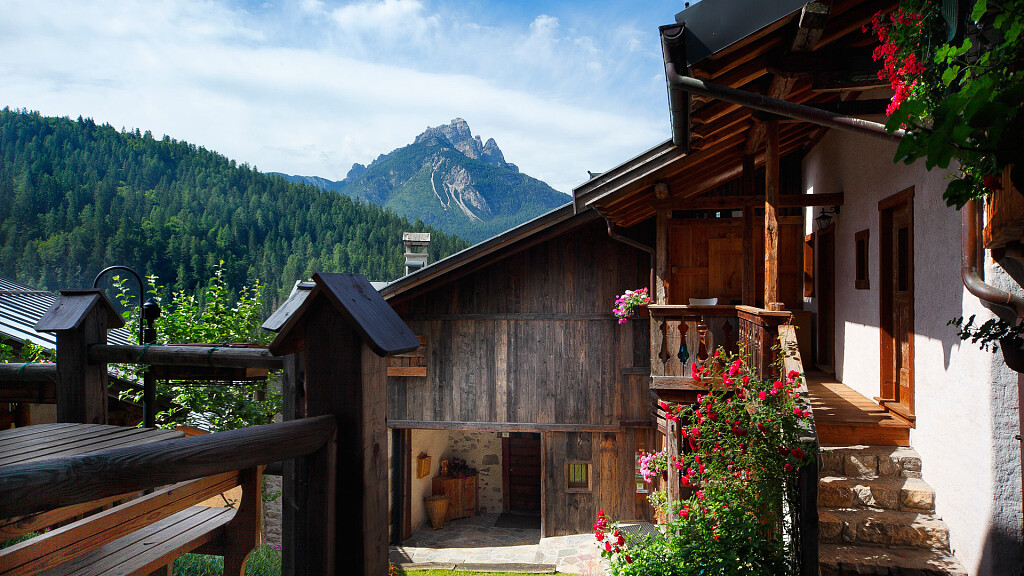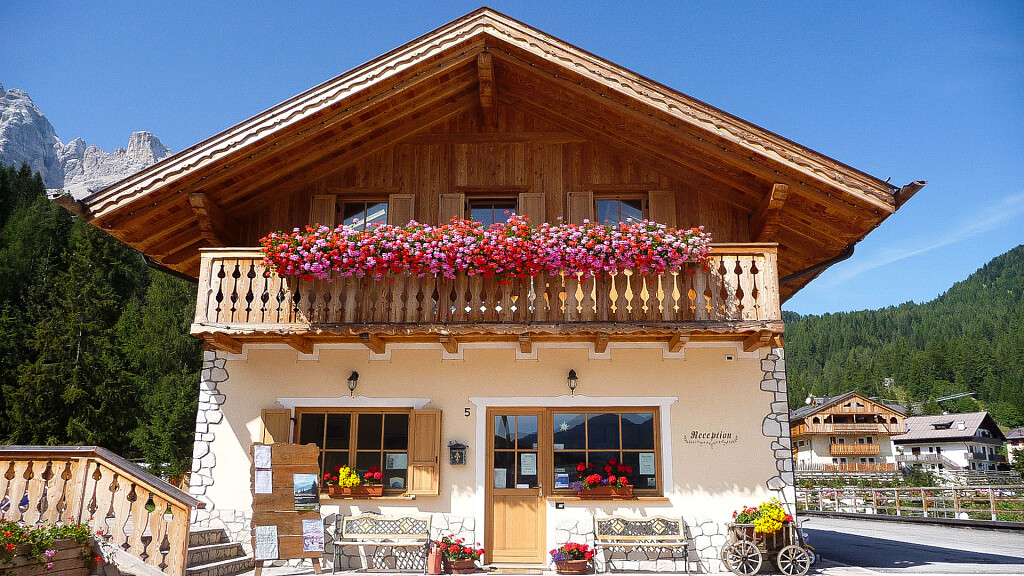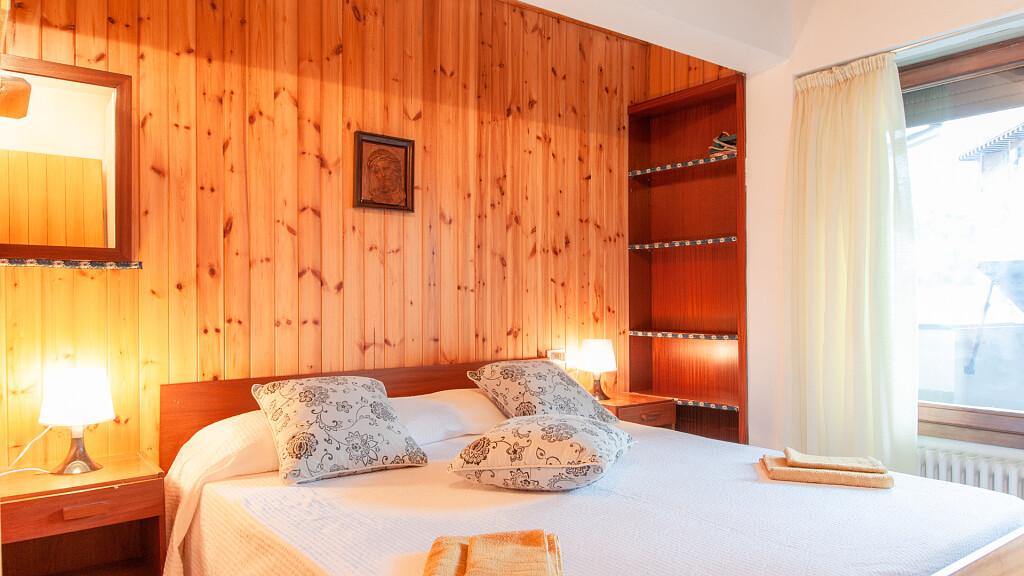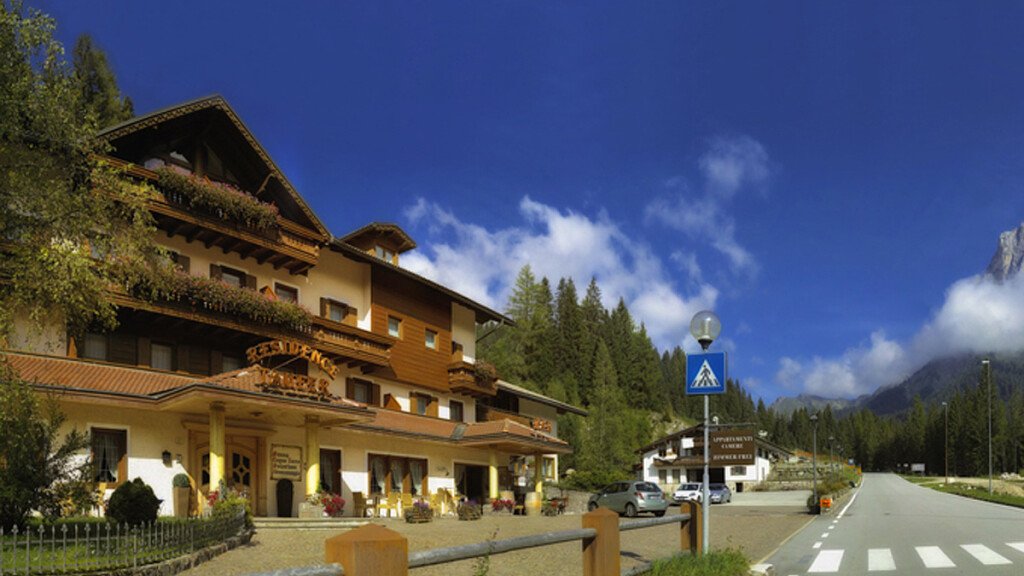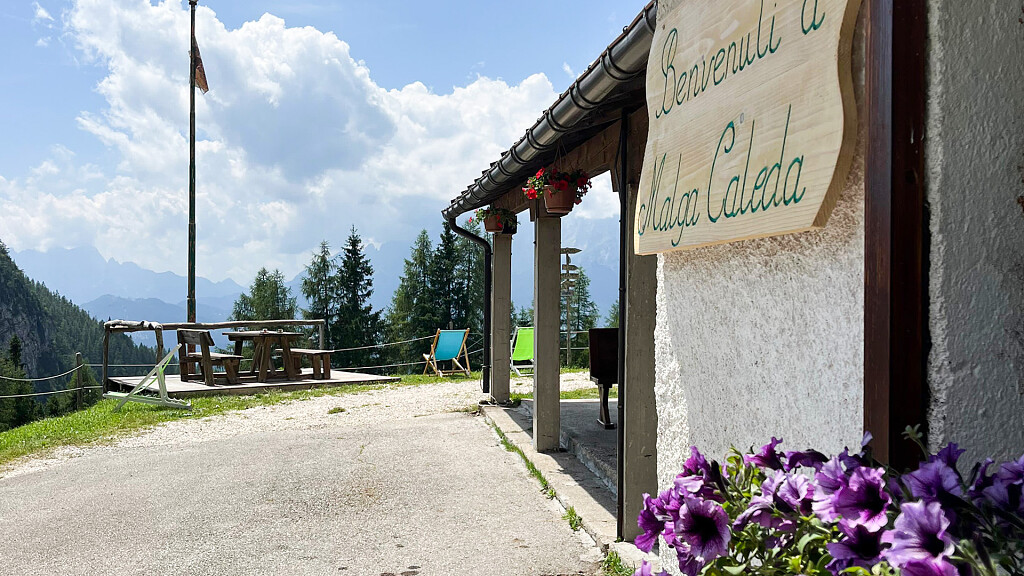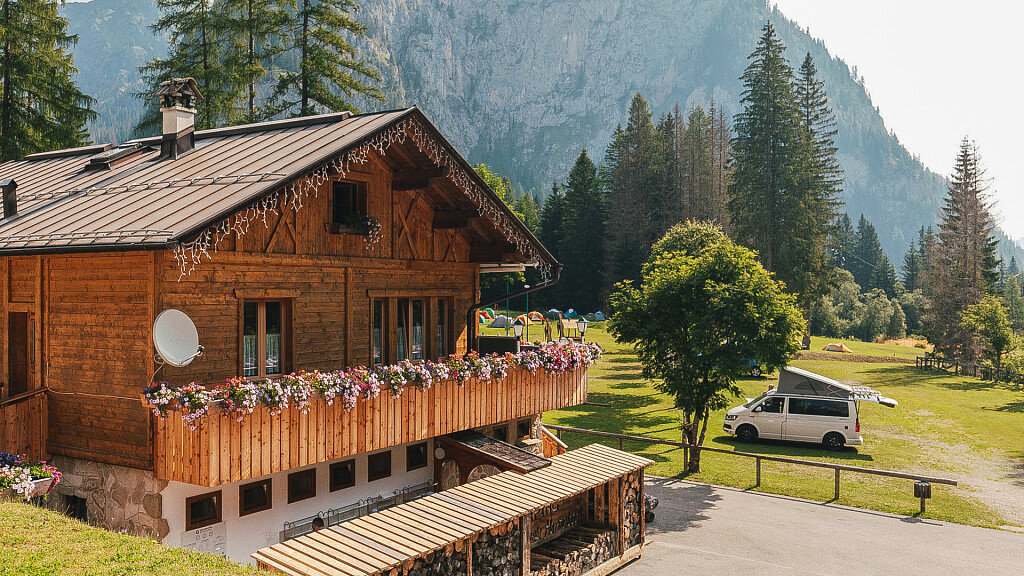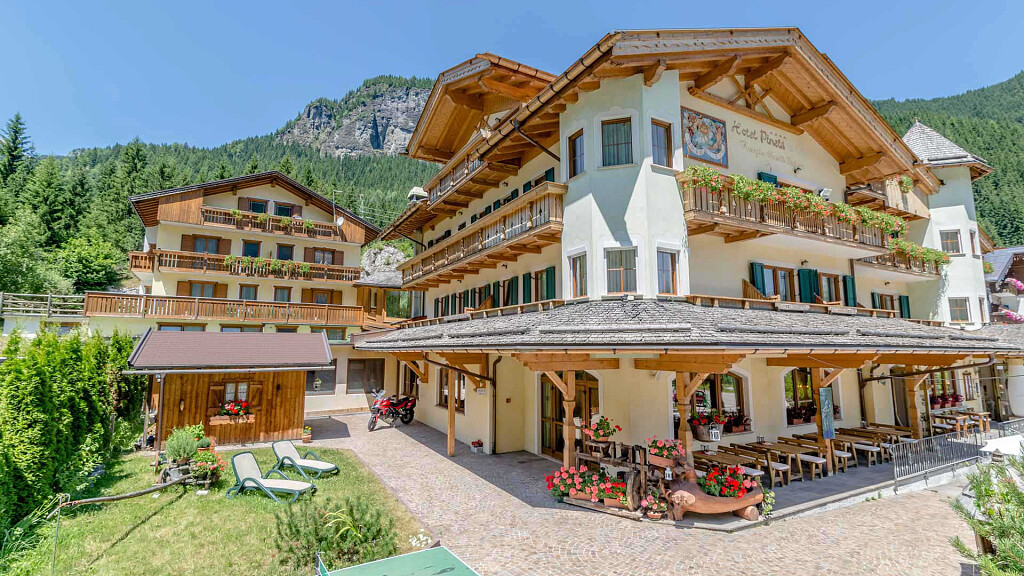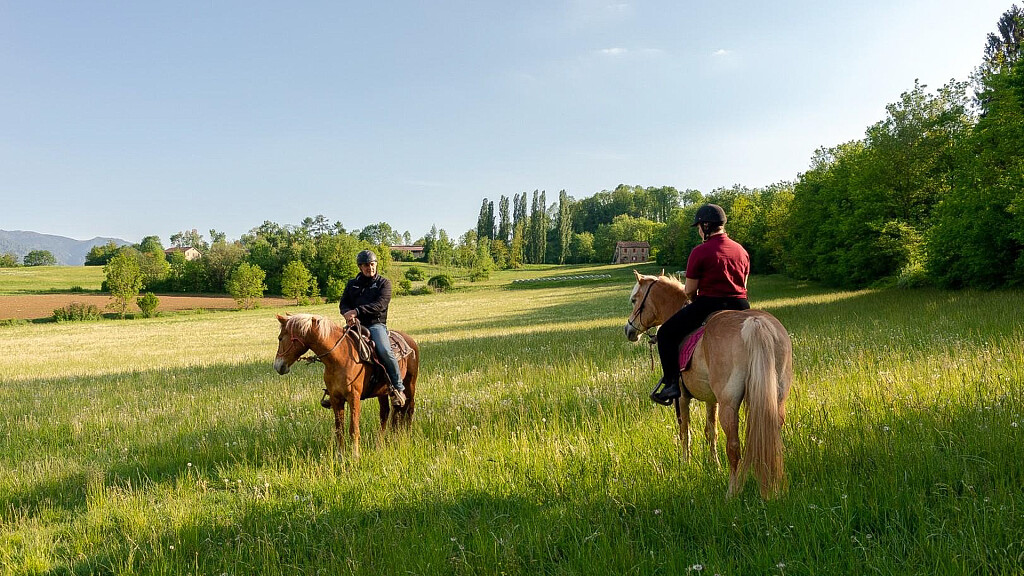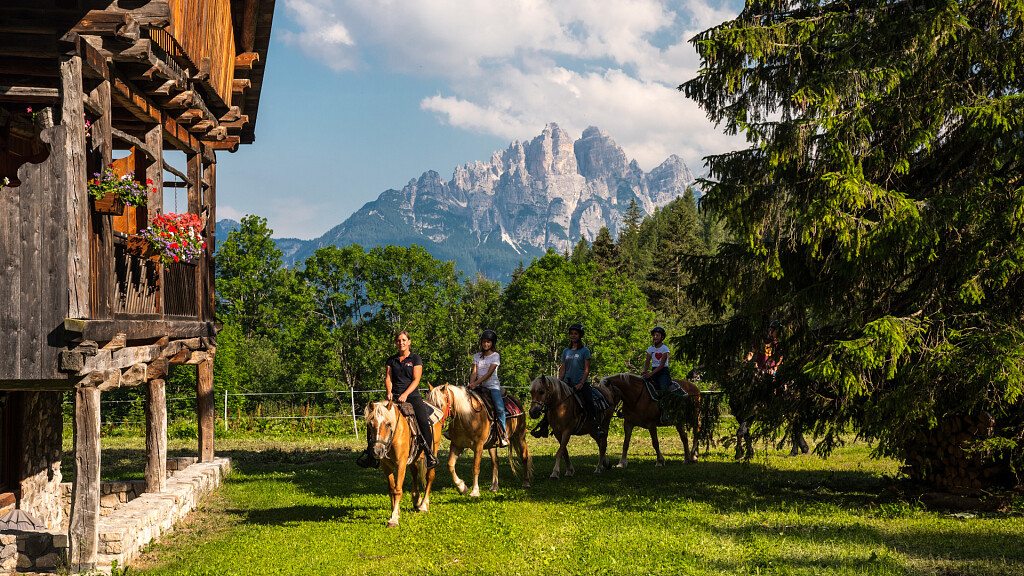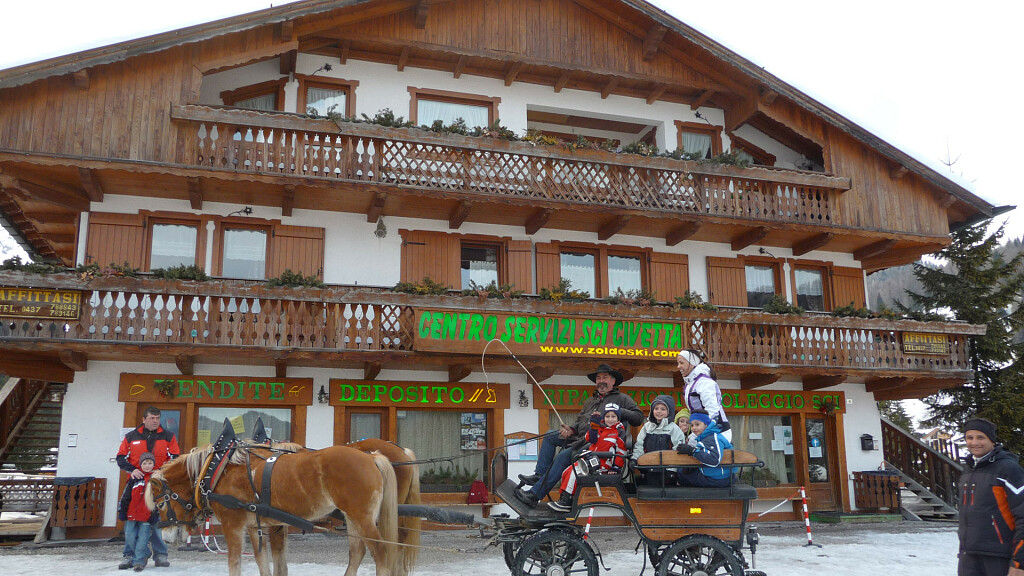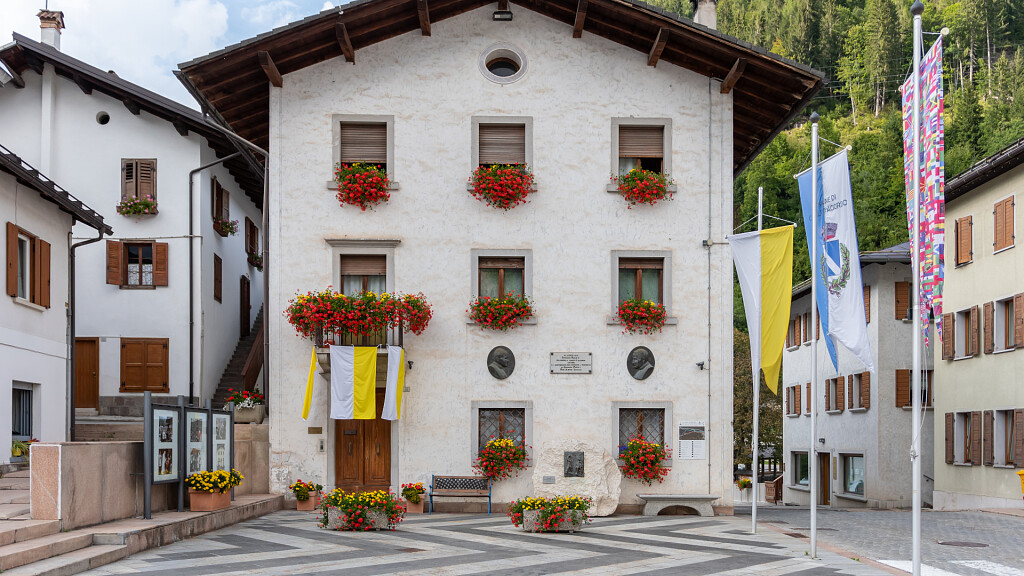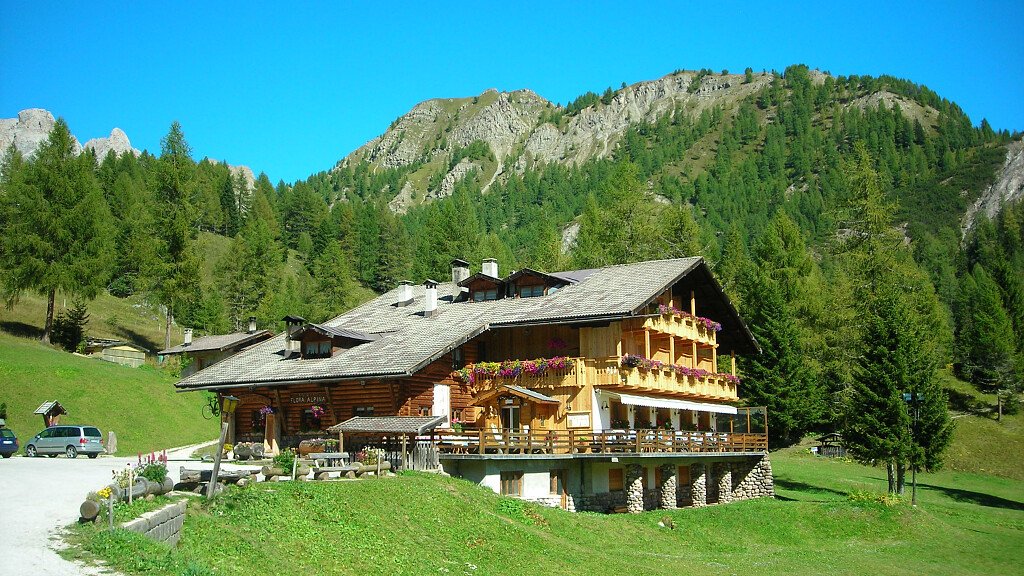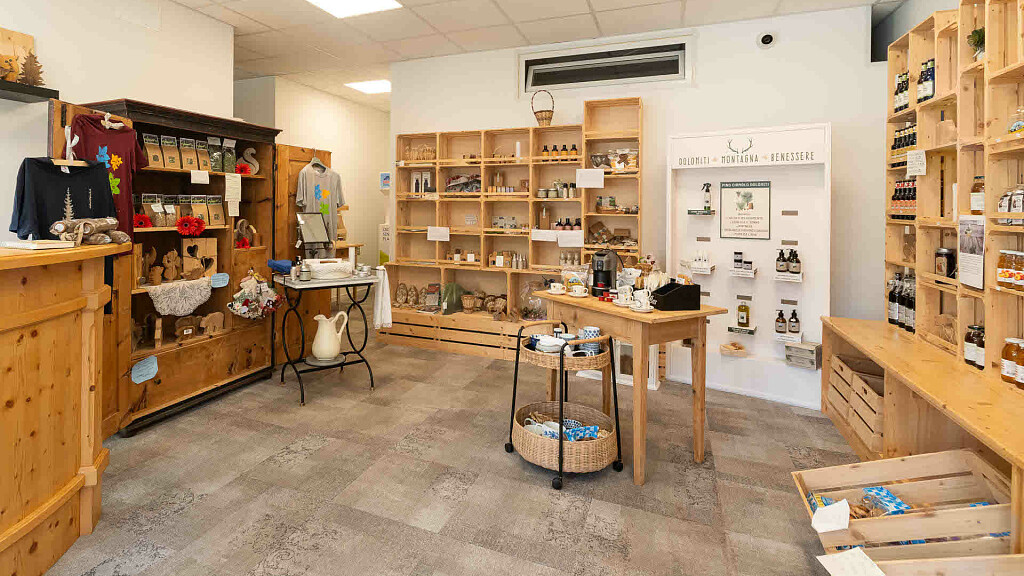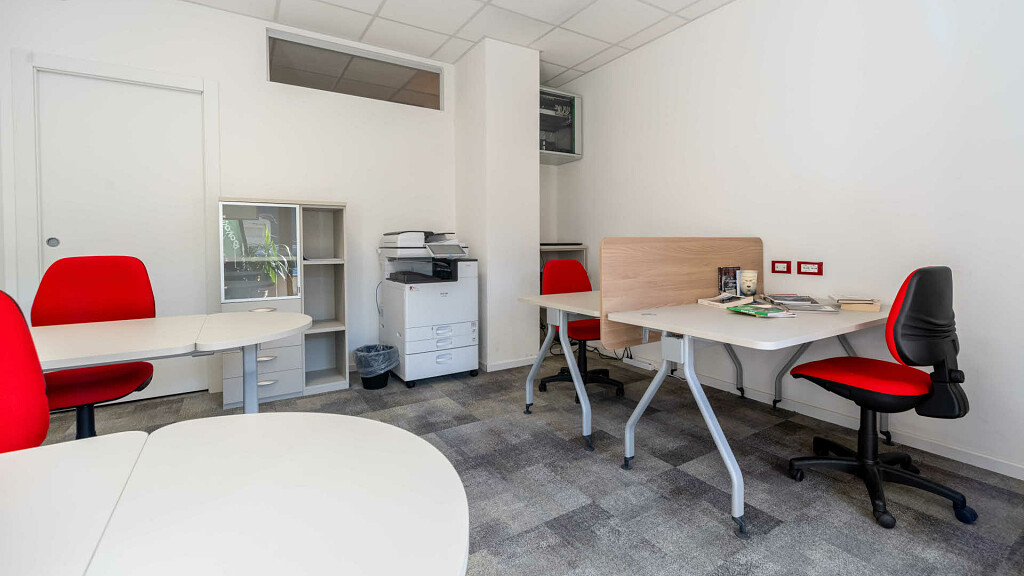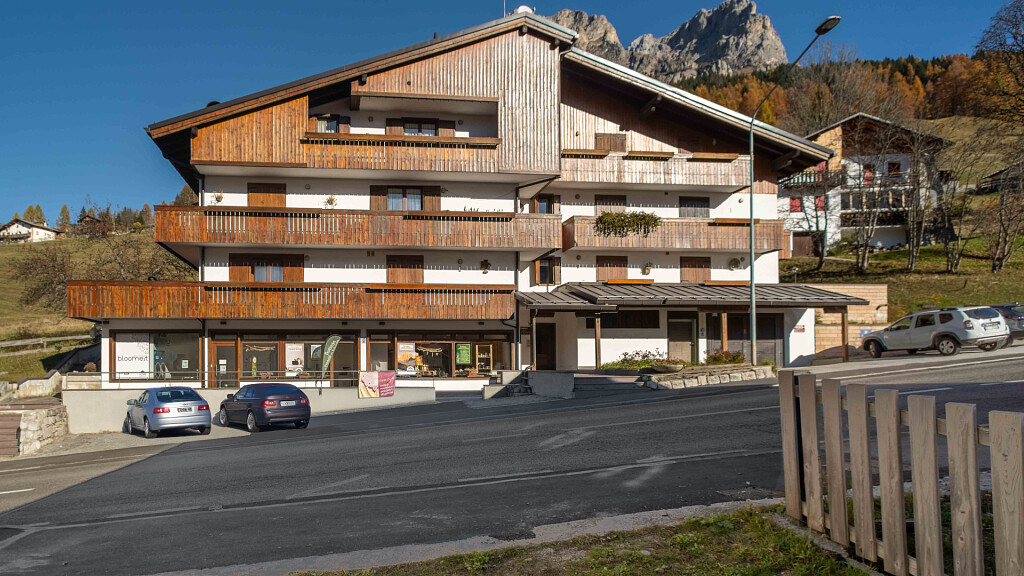The Chartreuse of Vedana, at the foot of the homonymous mountain, is a large building the structure of which reminds one of that of a fortress or a castle. The place is peaceful and relaxing, an oasis of meadows and fields. The original 1155 hospice - Ospizio di San Marco - was turned into a chartreuse in 1456. A large cloister was added in 1521. The Republic of Venice closed it in 1768, but French Carthusian monks later reopened and held it until 1977. Nowadays, a sisterhood of cloistered nuns lives there. A small lake extends nearby, surrounded by moraininc heaps partially overgrown. On the altars of the Chartreuse there are two valuable canvases by Sebastiano Ricci - "Jesus's baptize" and "Madonna with Child between St Bruno and St Ugo" - while a remarkable tabernacle is attributed to Andrea Brustolon. The main altar features a 1610 canvas by Francesco Frigimelica. The Relics' Chapel is exquisitely decorated and arouses visitors' admiration. The 16th century small cloister with a well in the centre is well-proportioned and really beautiful. We cannot forget that Vedana is the birthplace of Girolamo Segato (1792-1837), traveller, cartographer and naturalist who became famous after discovering a process of petrifaction of human and animal body tissues.
- Where The chartreuse of Vedana lies in Sospirolo town council, les than 10 km far from Belluno, plunged into the Nation Park of the Dolomiti Bellunesi.
- How to get there From Belluno enter the SS 203 and drive along it as far as Ponte Mas. Cross the bridge and turn right. From here follow the signs to San Gottardo and Vedana.
- USEFUL NOTICES The chartreuse of Vedana guests a community of enclosed nuns. For that reason visits are not allowed.

